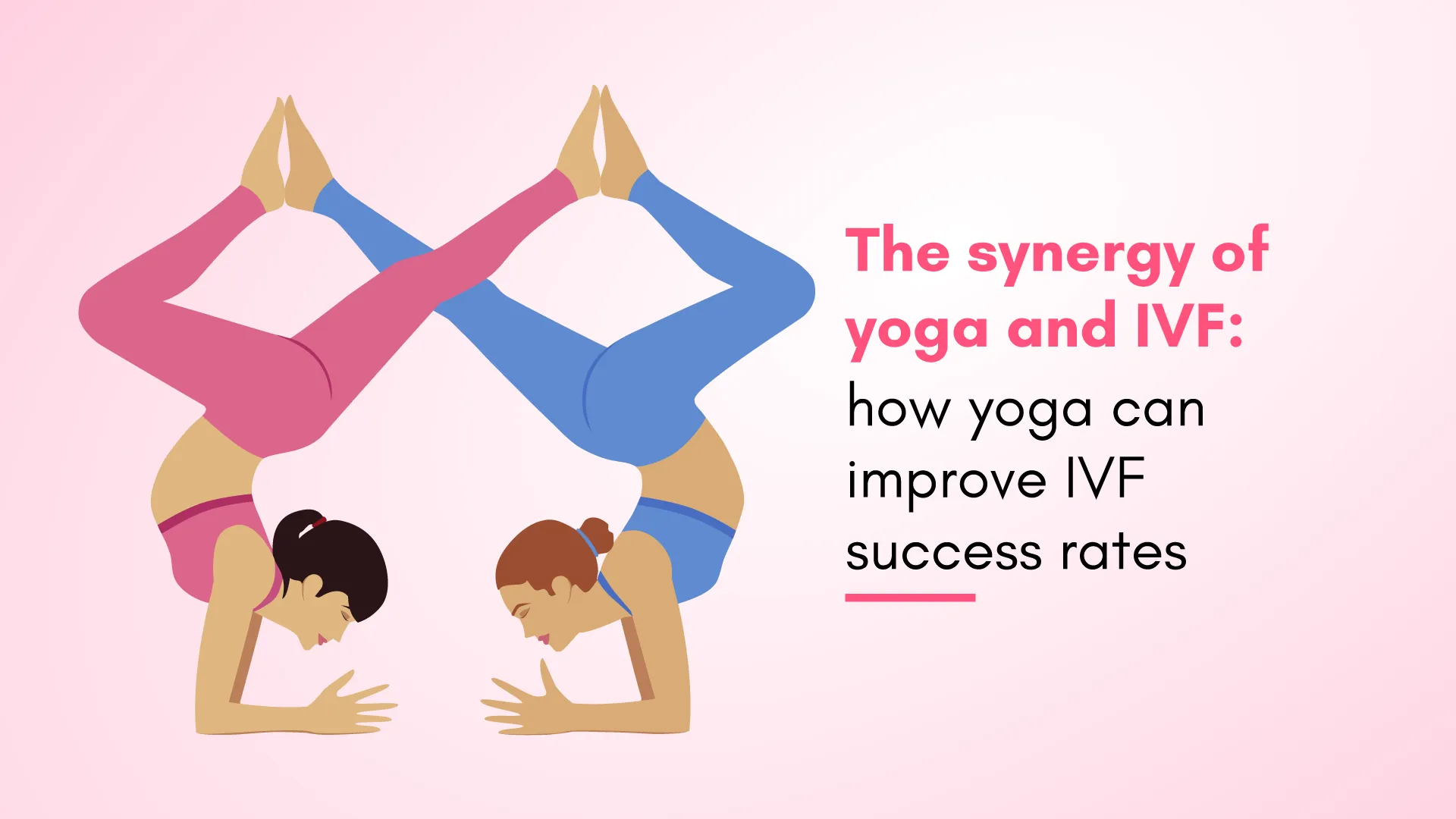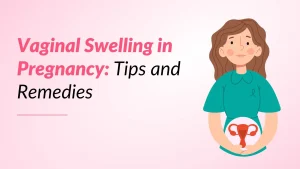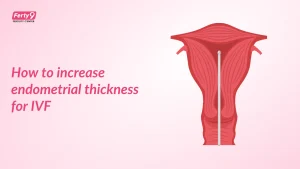In the journey towards parenthood, many couples find themselves navigating the intricate path of in vitro fertilization (IVF). This advanced reproductive technology has brought hope and joy to countless families, but it can also be a physically and emotionally demanding process. Amidst the medical interventions and emotional rollercoaster, an ancient practice like yoga has emerged as a powerful ally, offering a holistic approach to enhancing IVF success rates.
With its rich history and profound wisdom, yoga is more than just a workout. It is a harmonious blend of mind, body, and spirit, fostering a deep connection between the individual and their innermost being. As couples begin their IVF journey, the integration of yoga can provide a multitude of benefits, creating a synergistic environment conducive to improved fertility and overall well-being.
Understanding the Connection Between IVF and Yoga
The relationship between IVF and yoga is a profound one, rooted in the principles of balance, relaxation, and self-awareness. IVF treatments can be physically taxing, with hormonal fluctuations, invasive procedures, and the emotional strain of uncertainty. Yoga offers a counterbalance to these challenges, helping to alleviate stress and improve circulation.
Furthermore, yoga encourages mindfulness, which can be invaluable during the IVF process. By cultivating a heightened awareness of one’s thoughts, emotions, and bodily sensations, individuals can better navigate the journey’s ups and downs, fostering resilience and a positive mindset.
Also read: IVF Cost: Myths, Facts, and Ferty9’s Affordable Promise
The Benefits of Combining IVF and Yoga
Integrating yoga into an IVF regimen can yield many physical and emotional benefits. Here are some of the most notable advantages:
Stress Reduction:
Yoga, through its gentle movements, deep breathing and meditation, can manage stress and promote a sense of tranquility and inner peace during the IVF process.
Improved Circulation:
Certain yoga poses and sequences can enhance blood flow and circulation in reproductive organs, which is crucial for optimal reproductive health. Better circulation can aid in delivering essential nutrients and oxygen to the reproductive organs, potentially improving the quality of eggs and embryos.
Hormonal Regulation:
Yoga has been shown to have a positive impact on hormonal balance, which plays a vital role in fertility. By promoting a balanced hormonal environment, yoga may increase the possibilities of successful implantation and pregnancy.
Increased Flexibility and Strength:
The physical practice of yoga can help improve flexibility and build strength in the pelvic region, which can be advantageous during the various stages of IVF treatment, including embryo transfer and pregnancy.
Enhanced Mind-body Connection:
Yoga fosters a deep connection between the mind and body. This association promotes self-awareness and a greater sense of control over one’s physical and emotional state. This mind-body harmony can be invaluable during the IVF journey, helping individuals navigate the challenges with greater resilience and acceptance.
Yoga Poses and Exercises for IVF Success
While the practice of yoga is highly personalized, certain poses and exercises have been found to be particularly beneficial for those undergoing IVF treatment. Here are some recommended poses and exercises to consider:
- Seated Forward Bend (Paschimottanasana): This gentle forward bend can improve blood supply to the pelvic region and relieve stress and tension in the lower back.
- Cat-Cow Pose (Marjariasana-Bitilasana): This gentle spinal movement can help improve flexibility and circulation in the abdominal and pelvic areas.
- Butterfly Pose (Baddha Konasana): This hip-opening pose can help diminish tension in the pelvic region and promote relaxation.
- Child’s Pose (Balasana): This restorative pose can help alleviate stress, thus promoting a sense of calm and grounding.
- Breathing Exercises (Pranayama): Controlled breathing techniques, such as alternate nostril breathing (Nadi Shodhana) and belly breathing (Diaphragmatic Breathing), can help lower stress and promote relaxation.
Remember that you should practice these poses under the guidance of a qualified yoga trainer. The trainer will be familiar with the specific needs and limitations of individuals undergoing IVF treatment.
Also read: What diet to take during IVF?
Yoga During Different Stages of IVF Treatment
The integration of yoga into an IVF regimen can be beneficial at various stages of the treatment process. Here’s how yoga can support you throughout the journey:
Pre-IVF Preparation:
Incorporating yoga into your routine before starting IVF treatment can help prepare your body and mind for the upcoming challenges. Gentle poses and breathing exercises can help reduce stress levels and promote overall well-being.
During Stimulation:
As you undergo hormone injections and monitoring during the stimulation phase, yoga can help manage the potential side effects and emotional ups and downs. Restorative poses and relaxation techniques can provide relief and support.
Egg Retrieval and Embryo Transfer:
The days leading up to and following these crucial procedures can be physically and emotionally taxing. Gentle yoga practices can help alleviate discomfort, promote relaxation, and cultivate a positive mindset.
Yoga After IVF Embryo Transfer:
The period following an embryo transfer is a delicate and crucial stage in the IVF process. During this time, it’s essential to take extra care and avoid strenuous activities that could disrupt the implantation process. However, gentle yoga practices can be beneficial and supportive during this phase, such as:
- Restorative Poses: Restorative poses, such as Supported Child’s Pose (Balasana) and Supported Bound Angle Pose (Supta Baddha Konasana), can help promote relaxation and reduce stress levels, potentially improving the chances of successful implantation.
- Gentle Twists: Gentle twisting poses, like the Supine Spinal Twist (Supta Matsyendrasana), can improve circulation and promote the release of tension in the abdominal and pelvic regions.
- Breathing Exercises: Calming breathing practices, such as Alternate Nostril Breathing (Nadi Shodhana) and Belly Breathing (Diaphragmatic Breathing), can manage anxiety and promote a sense of inner peace during this crucial waiting period.
Two-Week Wait (2WW):
The anxious period between embryo transfer and the pregnancy test can be a rollercoaster of emotions. Yoga can be a powerful stress management tool, helping you maintain a sense of calm and inner peace during this challenging time.
Also Read: The Role of Stress in Fertility and IVF Outcomes
Safety Tips for Yoga During IVF
While yoga can be a powerful ally during the IVF journey, it’s essential to follow safety tips to ensure it supports your treatment:
- Avoid Inversions: Inverted poses, such as Headstand (Sirsasana) and Shoulder Stand (Sarvangasana), should be avoided during IVF treatment, as they can potentially disrupt the delicate balance of hormones and blood flow in the pelvic region.
- Avoid Deep Twists: Intense abdominal poses and exercises involving excessive twisting or compression should be modified or avoided, as they could potentially cause discomfort or strain in the abdominal and pelvic areas.
- Listen to Your Body: It’s essential to tune into your body’s signals and adjust your practice accordingly. If you experience discomfort, pain, or excessive fatigue, it’s best to modify or skip certain poses and seek guidance from your doctor and yoga instructor.
- Hydration and Rest: Ensure you stay well-hydrated and prioritise rest and recovery, especially during the more physically demanding stages of IVF treatment.
- Seek Professional Guidance: Take the help of a qualified yoga trainer with experience working with individuals undergoing fertility treatments. They can provide personalised modifications and guidance to ensure a safe and effective practice.
Conclusion: Embracing the power of yoga in your IVF journey
The parenthood journey through IVF can be challenging and emotionally demanding, but the integration of yoga can offer a beacon of hope and support. By combining the advanced medical interventions of IVF with the ancient wisdom of yoga, couples can cultivate a harmonious balance of mind, body, and spirit.
Yoga’s ability to reduce stress, improve circulation, promote hormonal balance, and enhance the mind-body connection can significantly contribute to the success of IVF treatments. Additionally, the emotional support and community provided by yoga practices can offer a sense of resilience and inner strength during the ups and downs of the journey.





























